Lithuania is a little-known country that may not make everyone’s travel list but it certainly should! This Baltic nation is fast becoming a top destination in Northern Europe thanks to its vibrant capital city, Vilnius as well as its exceptional natural beauty and fascinating history. Some fun facts about Lithuania include that it was the first country to leave the Soviet Union, Lithuanian is one of the oldest languages in the world and they have two independence days!
The first independence day is on 11 March which celebrates the end of Soviet rule in 1990. In honour of this day, Expat Explore is celebrating one of the best and most surprising things about Lithuania – its delicious and hearty cuisine! Read on to learn more about Lithuania’s top culinary delights.
A note on Lithuanian produce:
Lithuania is home to plentiful forestland (about a third of the country is made up of forests) and its northern climate is cool and moist. This means that it is an ideal place for produce like potatoes, rye, berries, mushrooms and dill. Bread, particularly dark rye bread, is a Lithuanian staple as are potatoes. Pickled vegetables are popular as a means of preserving veggies in the often-below-freezing winter months.
A large variety of Lithuanian meats, cheeses and other dairy products can also be found. Grocery stores in Lithuania are full of various curds, creams, butters and more! These dairy products are of a very high quality and are uniquely rich. In the Baltic region, sustainable beekeeping and honey production dates back to the 1st century. Today, this tradition continues – bees are considered sacred and honey is a valued Lithuanian product.

Related: From lush forests to towering trees and tranquil parks, these are Europe’s greenest cities – literally!
Now, let’s try the top Lithuanian dishes:
Cepelinai
Starting off with Lithuania’s national dish, Cepelinai (also called Zeppelins) are large potato dumplings which can be filled with ground meat, cheese or mushrooms and topped with sour cream or bacon. The potatoes are grated, riced and filled before boiling, giving the texture a pleasant elasticity not dissimilar to Italian gnocchi. Cepelinai contain an impressive amount of fat, carbohydrates and protein meaning that these unassuming dumplings will leave even those with the heartiest of appetites feeling full and satisfied!
You can find Cepelinai in practically any restaurant that serves Lithuanian food. Many restaurants even offer a large variety of different types of Cepelinai with different fillings. They are best enjoyed on a cold day with an empty stomach.
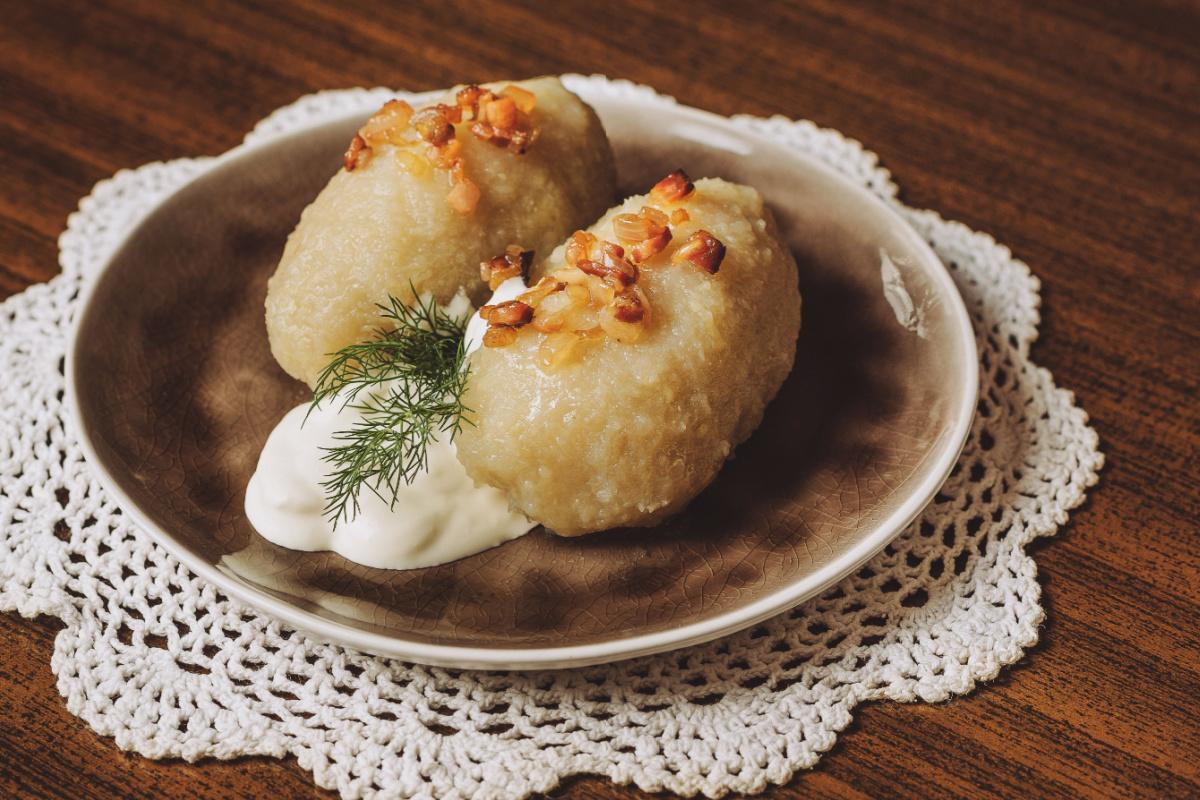
Kepta Duona
This next entry is a firm favourite and best shared with friends over a round of drinks. In fact, this may just be the most genius drinking snack of all. To make Kepta Duona, dark rye bread is cut into slices, pan-fried, rubbed with garlic, topped with cheese and served with either a cheese or garlicky mayonnaise. It’s basically garlic bread but with a tangy twist.
Kepta Duona is made for sharing so, if travelling on your own, be aware that it may be difficult (but not impossible) to complete a portion by yourself!
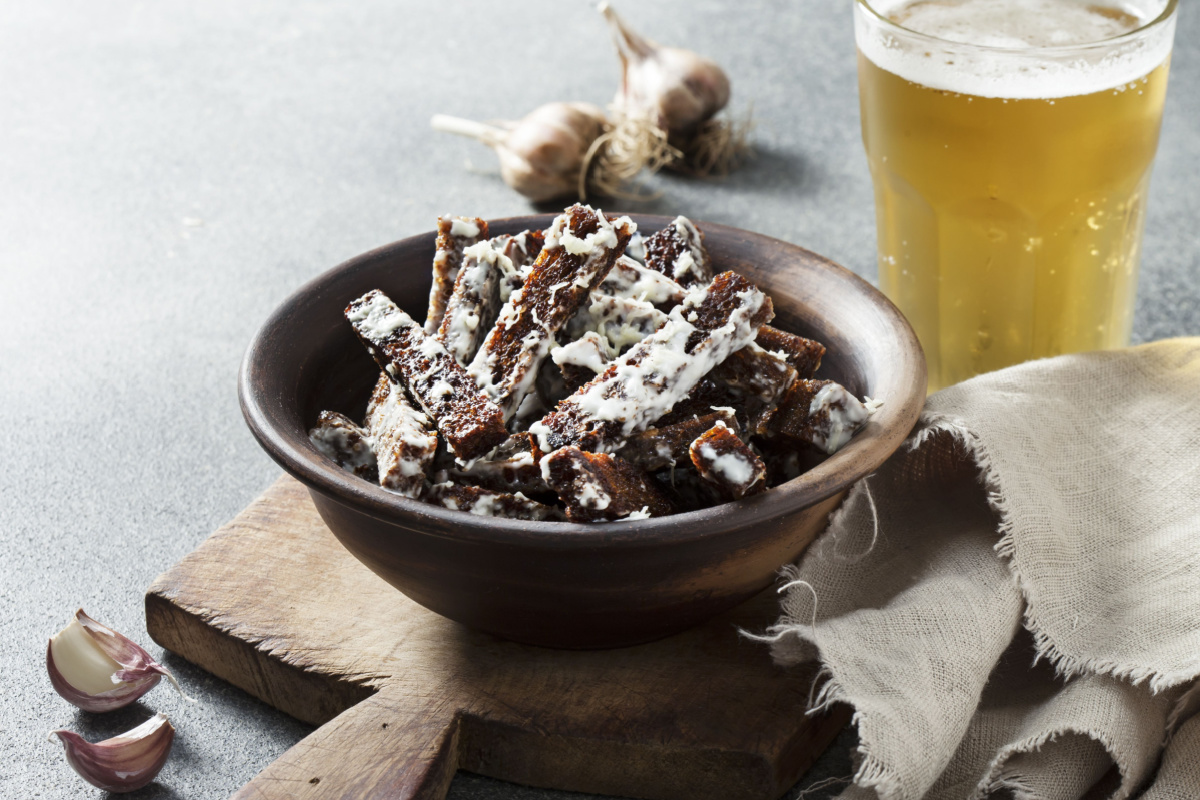
Sūrelis
If you love cheesecake, this may just be the perfect candy bar for you! Sūrelis are a type of chocolate bar containing sweet curd cheese. They come in a variety of flavours from classic vanilla and chocolate to oreo and condensed milk. You can find a range of Sūrelis at just about any grocery store in Lithuania. It’s a great option for an on-the-go breakfast or snack.
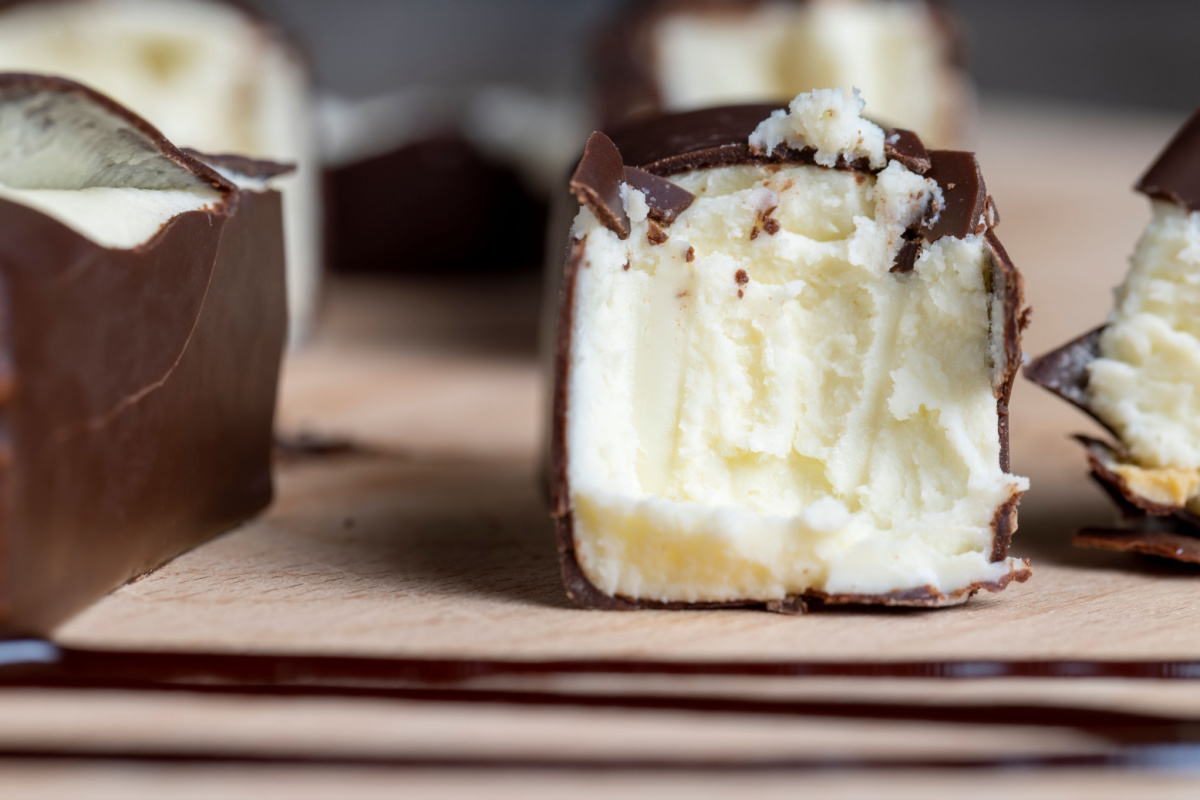
Related: These are the favourite cheeses of every continent!
Šaltibarščiai
Vilnius is so in love with this pretty pink soup that it even hosted its inaugural Pink Soup Fest in June 2023 which featured street art, special menus and fun activities around the city! All of which celebrated the iconic colours of Šaltibarščiai. This truly beloved dish is similar to Borscht, a famous Ukrainian beetroot soup, with the main difference being that Šaltibarščiai is served cold – predominantly in the summer months.
Šaltibarščiai is made with beetroot, kefir (the mix of which gives it its enticing pink hue), cucumber, dill, spring onion and boiled egg. It is usually served alongside crispy roast potatoes.
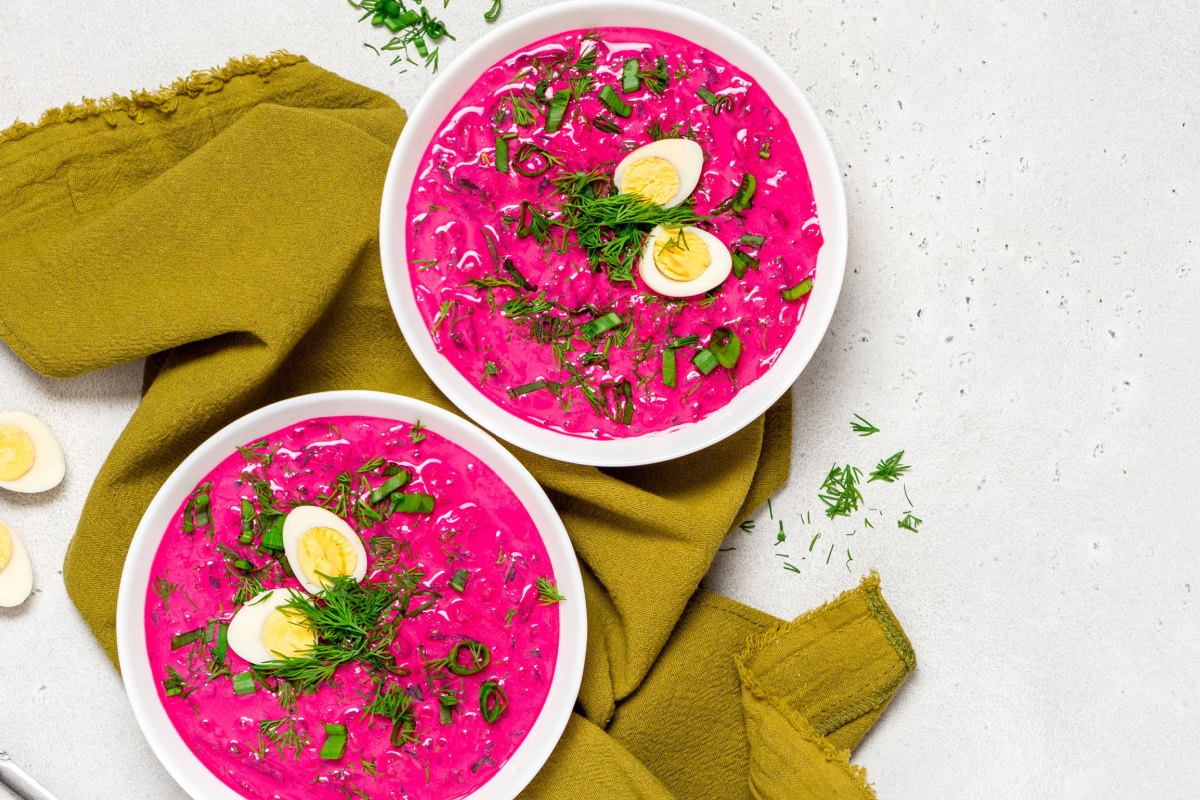
Related: Discover some of the top things to do in Vilnius, Lithuania’s vibrant capital.
Kibinai
The tiny town of Trakai is known for two things: being home to the fairytale Trakai Island Castle and delicious Kibinai. Sometimes compared to Cornish Pasties, Kibinai are pie-like pastries traditionally filled with mutton and onion. However, today you can find a variety of Kibinai fillings with chicken and mushroom being some of the most popular. The dish originally comes from the Crimean Karaite ethnic minority who migrated to Lithuania around the 14th Century.
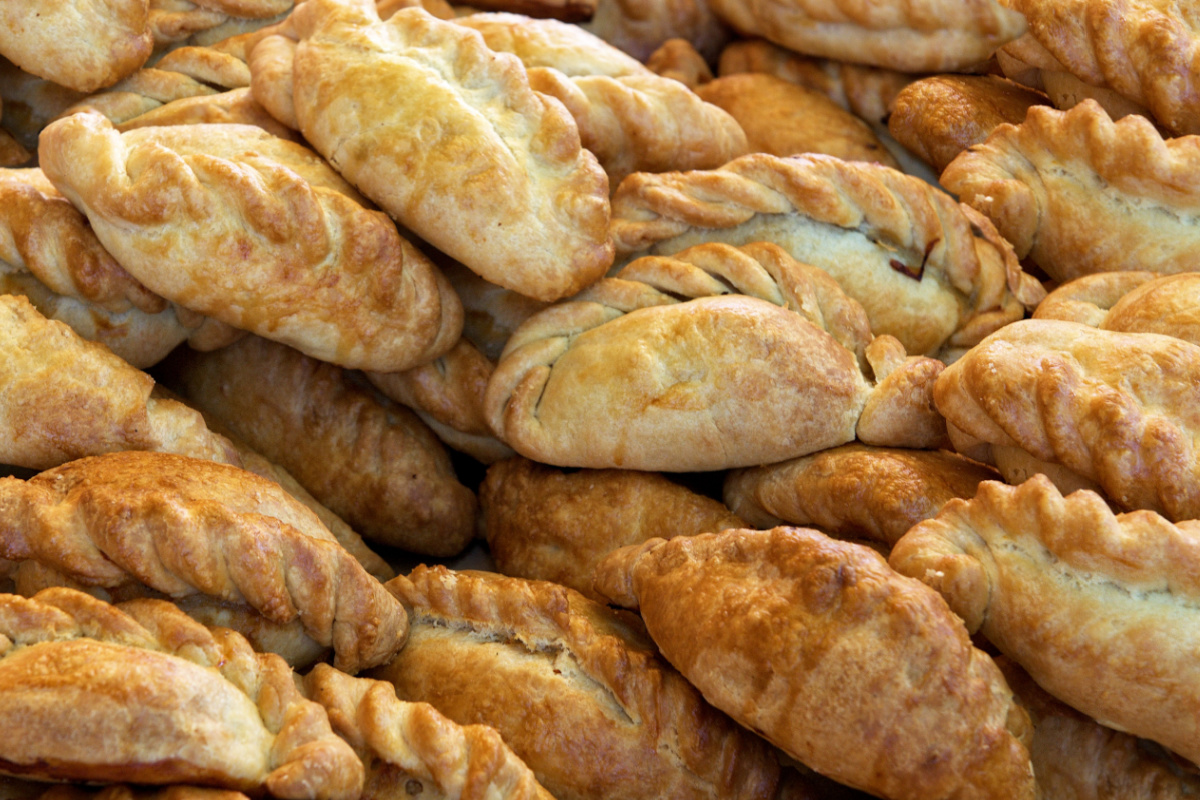
Varškėčiai
Now for some sweetness with some irresistible Varškėčiai. You may know these as Syrniki or syrnyky which are popular in many Slavic countries. Found in many cafés as a popular breakfast dish, Varškėčiai are a unique type of pancake made out of quark, a type of curd cheese, or cottage cheese. The cheese is then mixed with flour and fried. It is best served with homemade jam and sour cream!
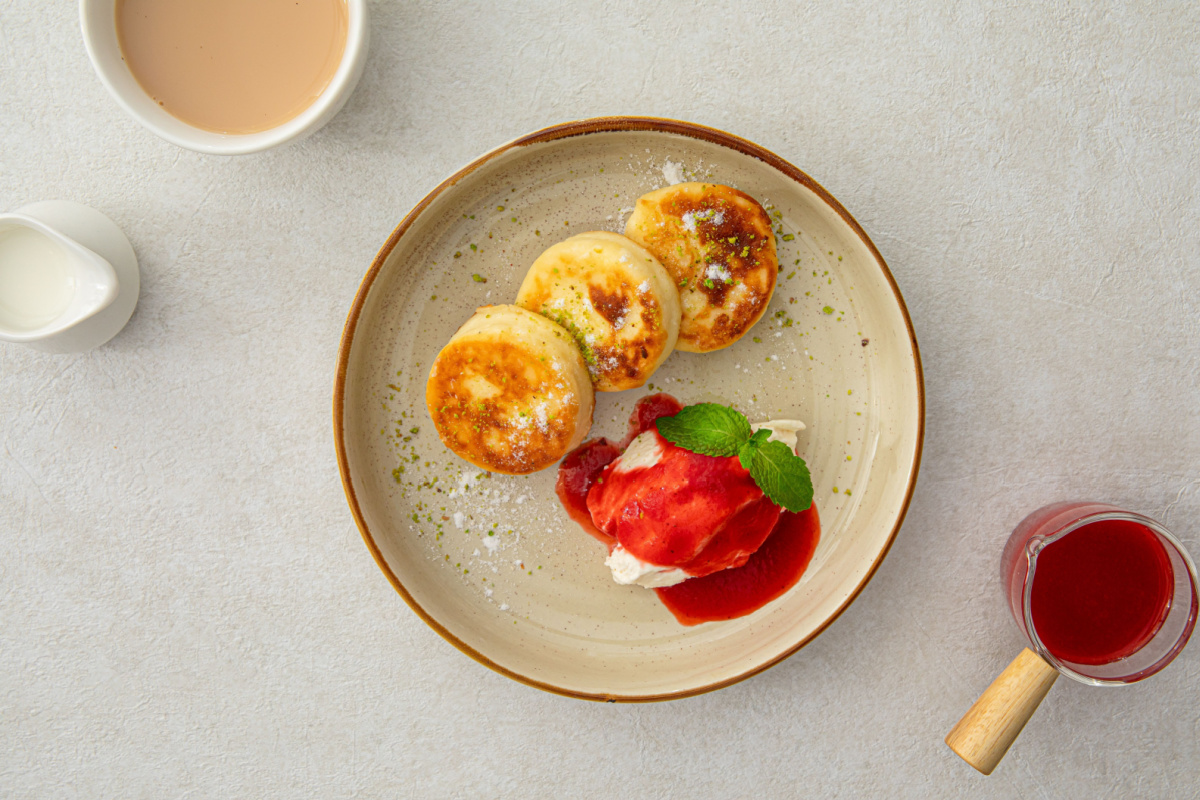
Related: Explore Scandinavia & the Baltics on this epic 20-day tour!
Bulviniai Blynai
Also known as potato pancakes or latkes, Bulviniai Blynai are an example of one of the many Lithuanian dishes to have come from Ashkenazi Jewish cuisine. The main difference between Bulviniai Blynai and latkes is that the latter are made with grated potatoes while the former are made with a raw potato puree or mash, making them creamier on the inside.
The potatoes are mixed with eggs, flour and sometimes onions before they are fried until crispy and golden. Bulviniai Blynai are traditionally served with sour cream and a pork rind gravy but other toppings such as smoked salmon and mushrooms are also firm favourites at local restaurants and in family homes.
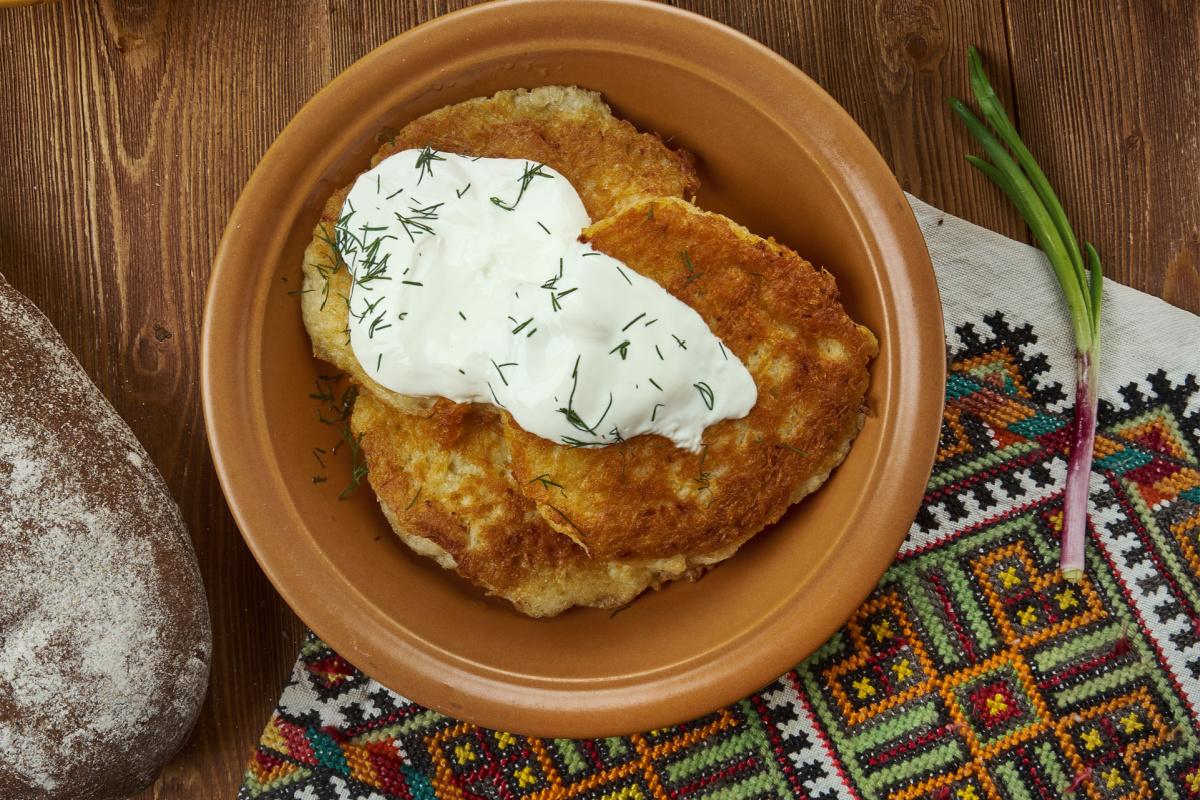
Šakotis
Wondering which country is home to the most Christmassy of all Christmas cakes? Lithuania’s Šakotis might just take the cake (heh)! The name literally means “tree cake” thanks to its shape which resembles a Christmas tree. Its preparation is rather labour-intensive but also very festive and a feature at Christmas and other holiday markets throughout the year. It is a type of spit cake meaning that the cake batter is cooked in layers on an open fire on a rotating spit.
In 2015, the city of Druskininkai broke the world record for the biggest Šakotis. This hefty cake was 372cm high and weighed a whopping 85.8kg! Should you wish to bring this cake home as a souvenir, you can find it in all shapes and sizes.
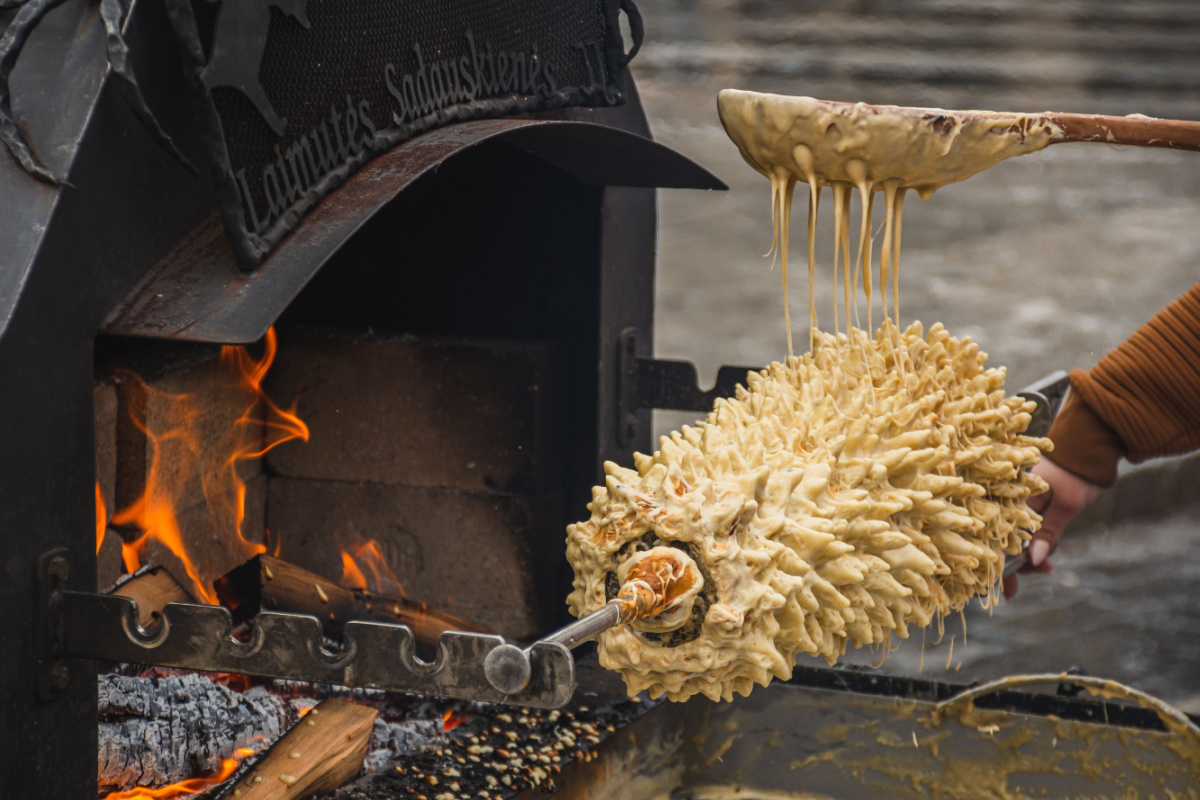
Related: Shop at some of Lithuania’s Christmas markets when you join our Northern Explorer Christmas & New Year tour!
Silke (Herring)
Lithuanians have an affection for fish. The country is home to approximately 6,000 lakes as well as the Baltic Sea meaning that there is no shortage of room to fish. While freshwater fish is most commonly eaten, silke, or herring, is the exception. Lithuanians have over 100 different methods for preparing this distinctive, full-flavoured seafood! Whether baked, fried, pickled, served on its own or alongside vegetables like mushrooms and onions, this is one fish that Lithuanians just cannot get enough of.
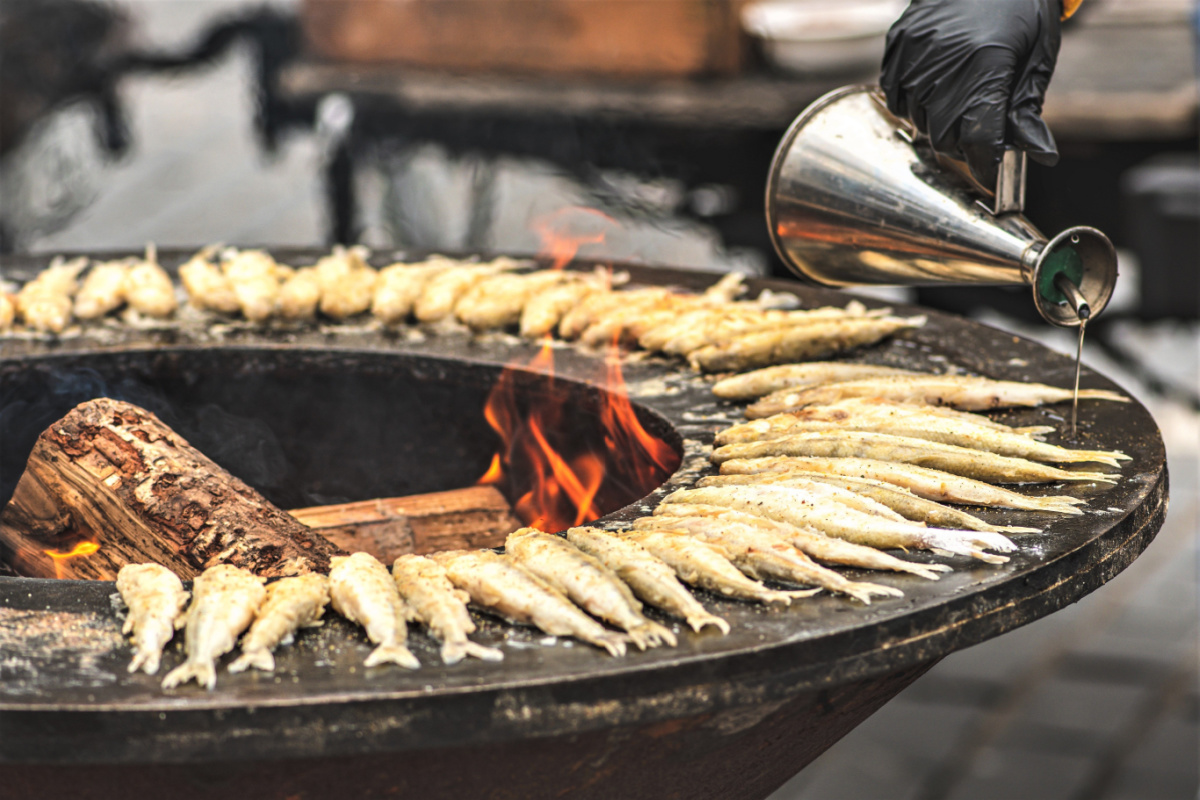
Gira and Midus
Now that you’ve indulged in an assortment of Lithuanian delicacies, you may need a thirst-quenching beverage to wash it all down. If you’re looking for a non-alcoholic option, look no further than Gira. Also known as Kvass, Gira is mostly made from fermented black bread, barley or rye malt. The flavour profile is an intriguing mix of sweet, sour, slightly bitter and herbal. Many bars and restaurants will make their own Gira in-house, making it a perfect alternative to beer.
For beer lovers, there are a wide range of local beers to choose from. However, for something a little different, try out some local Midus (mead) – the national drink of Lithuania! This ancient alcoholic beverage is made by fermenting honey meaning it is wonderfully sweet with a very slight bitterness. Cheers! Or should we say “į sveikatą!”
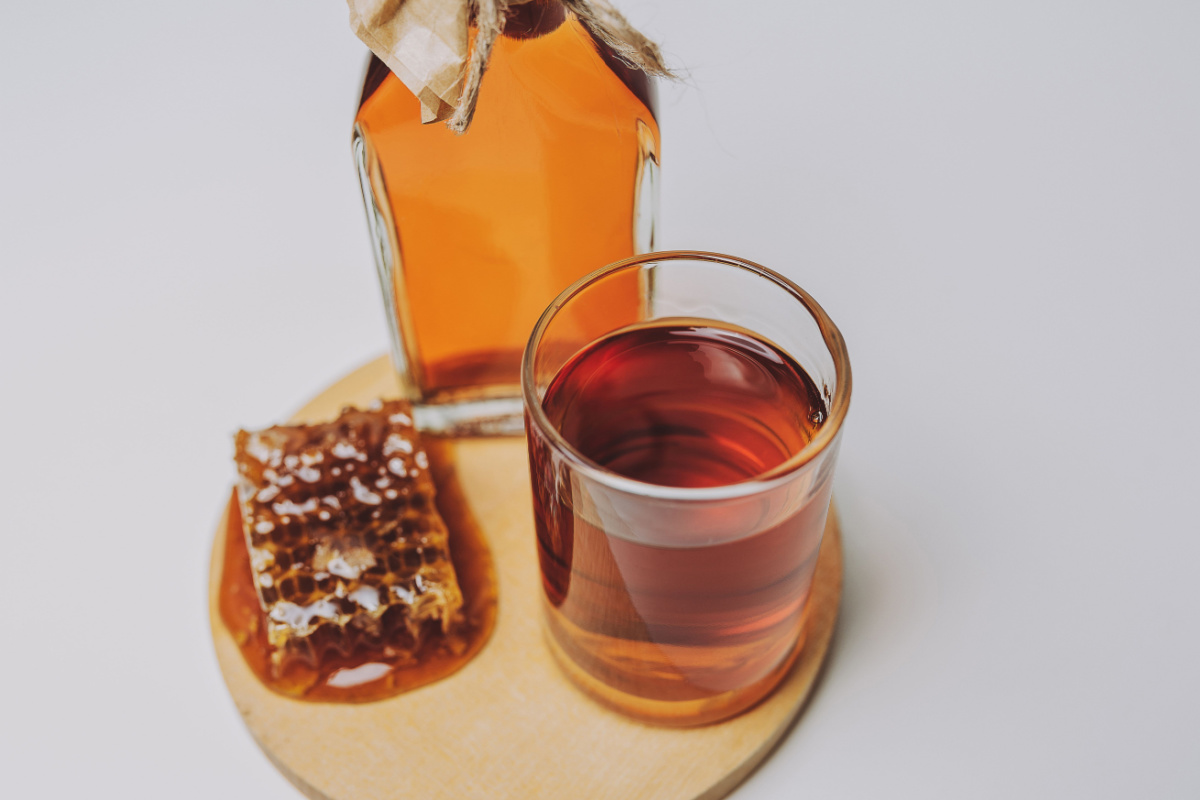
Related: These are the best countries for beer lovers.
From sweet to savoury and everything in between, these are the Lithuanian dishes, treats and beverages you simply have to try to get a taste of this fascinating country and culture.
Have we whet your appetite for adventure? Have a look at our upcoming tours and start planning your dream trip today!
